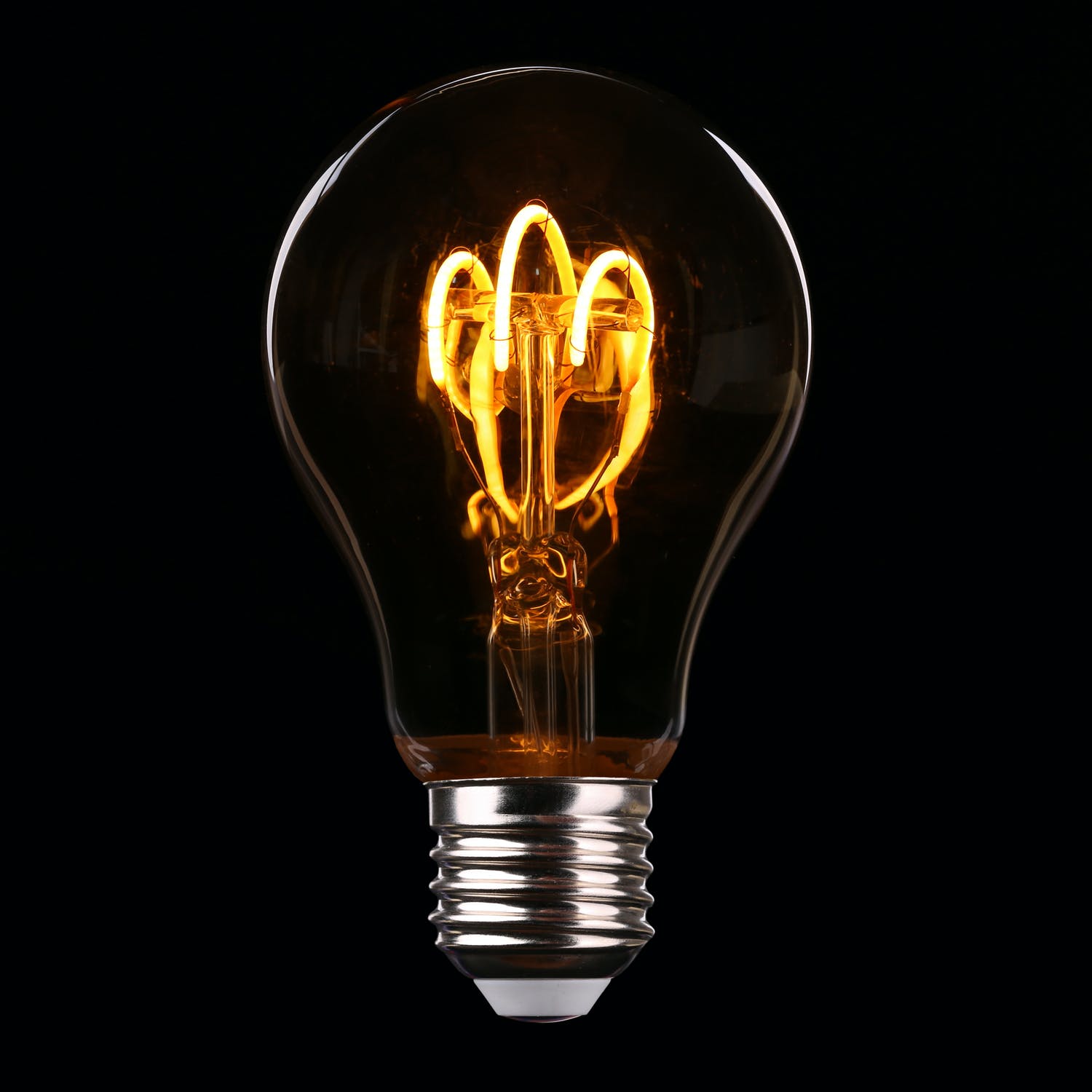Being a homeowner is an exciting prospect, but one that comes with responsibilities. One of these includes maintaining your electrical system and making sure it is functioning correctly. Every household uses electricity in different ways: appliances, watch television, charge devices, and many others. These are all made possible by a breaker panel, which distributes power to different parts of your home. It is usually found in a hidden or distant area, which may explain why not many pay attention to it.
If you are unfamiliar with electrical systems, chances are you do not check your breaker panel. However, it becomes the most important thing once you notice an electrical problem. Though calling an electrician for homeowners will be advisable for electric repairs, it is still essential to know the basics of a breaker panel. Having such knowledge will help you monitor your electrical system and troubleshoot problems if you notice unusual behaviour. As a homeowner, you do not necessarily have to perform the repairs yourself, but you have to be aware of when you need to call a professional such as marshallelectrics.co.nz.
Below, you will find some information to help you become more familiar with your home’s breaker panel. Perhaps now would be the best time to give it a look, so you can better keep your home safe from electrical hazards.
Components of a Breaker Panel
When you open your electrical panel for the first time, you may be surprised by all the wires, bolts, and switches you see. However, try not to feel overwhelmed and examine the main components, which serve an essential role. First, you will see the main breaker at the top or bottom of the panel. This switch serves as the main power source, so switching it off will cut the electricity in all parts of your home.
Next, you will find several switches called circuits breakers, which control current flows to specific outlets in your home. Beside each switch, you will see a label that corresponds to an area in your home. The breakers can be single-pole or double-pole, with the latter being capable of handling a larger power capacity. Essentially, these switches prevent accidents from happening in your home since they automatically shut the power of a circuit if there is too much current flowing through it. In other words, the circuit breaker trips.
Potential Problems
As a homeowner, you should be on the lookout for some warning signs in your breaker panel, so you know when to call an electrician for homeowners immediately. First, if you notice that your circuit breakers are tripping too frequently and it is difficult to reset them, ask a technician to examine your panel. You may be using too many appliances within the same circuit, so you either have to limit your electrical usage or upgrade to a larger circuit.
An overheated circuit breaker is another sign that there may be a problem with your electrical system. Make sure you hear a clicking sound when installing a breaker since a loose connection can be the cause of the heat. Other times, however, there may be an internal problem, such as a faulty motor, which is causing the circuit to trip even without reaching its limit. Since it is challenging to determine the exact cause, it is best to schedule an inspection with a professional to get a clear answer.
Finally, if you have been living in your home for years, the chances are your panel is outdated. Thus, it is advisable to consult with a technician to ask about the suitability of your breaker panel to your electrical needs. This way, you can use electricity without worrying that you are overworking your circuit breakers.
Author bio: Helen Harry is a freelance writer and a GOT fan. Apart from writing Technologies, she likes to read & write fiction. More than anything, she loves to spend her time with her family, explaining technologies to the elders.

